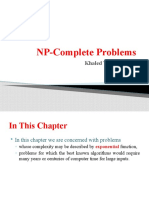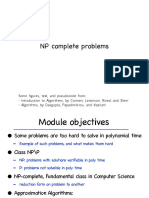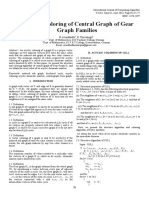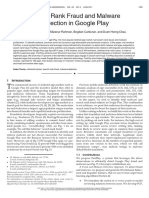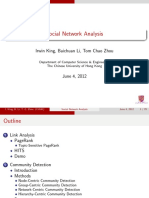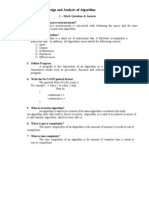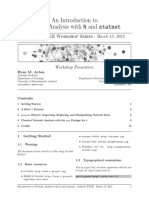0% found this document useful (0 votes)
85 views2 pagesCompare NP-Hard and NP-Complete Problems With Examples of Graph Problems Such As CDP and CNDP
Uploaded by
prsudharanicse CSECopyright
© © All Rights Reserved
We take content rights seriously. If you suspect this is your content, claim it here.
Available Formats
Download as DOCX, PDF, TXT or read online on Scribd
0% found this document useful (0 votes)
85 views2 pagesCompare NP-Hard and NP-Complete Problems With Examples of Graph Problems Such As CDP and CNDP
Uploaded by
prsudharanicse CSECopyright
© © All Rights Reserved
We take content rights seriously. If you suspect this is your content, claim it here.
Available Formats
Download as DOCX, PDF, TXT or read online on Scribd
/ 2















































